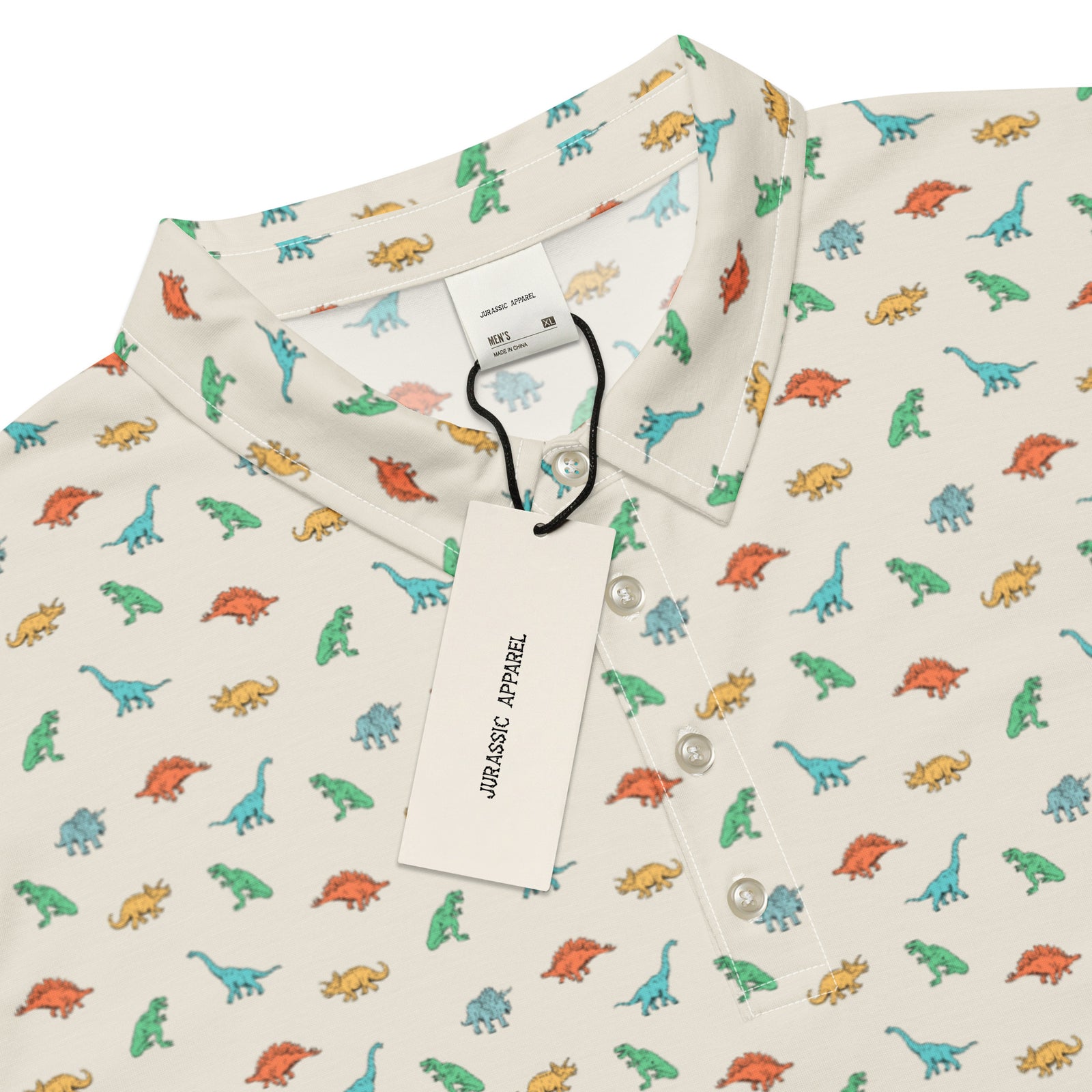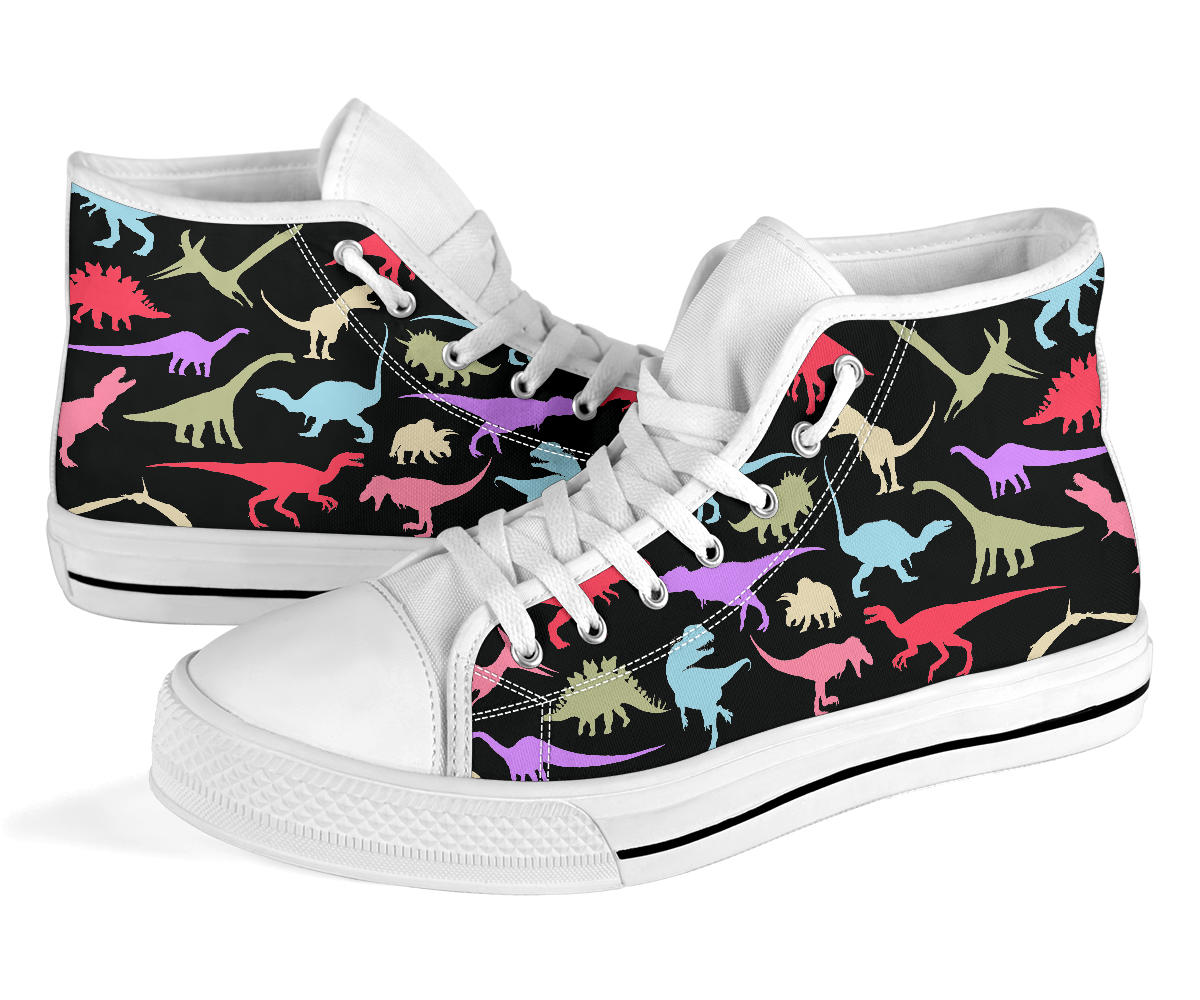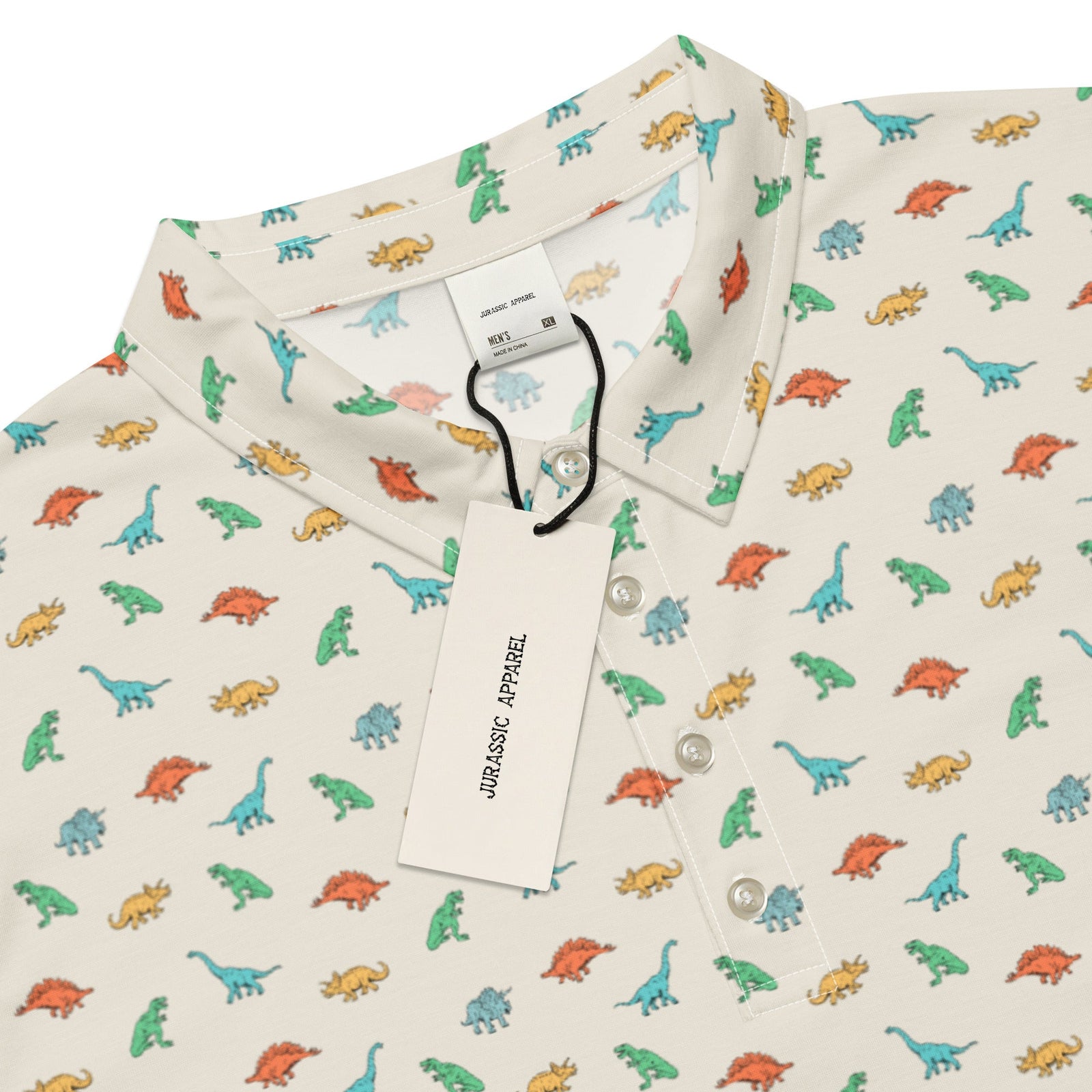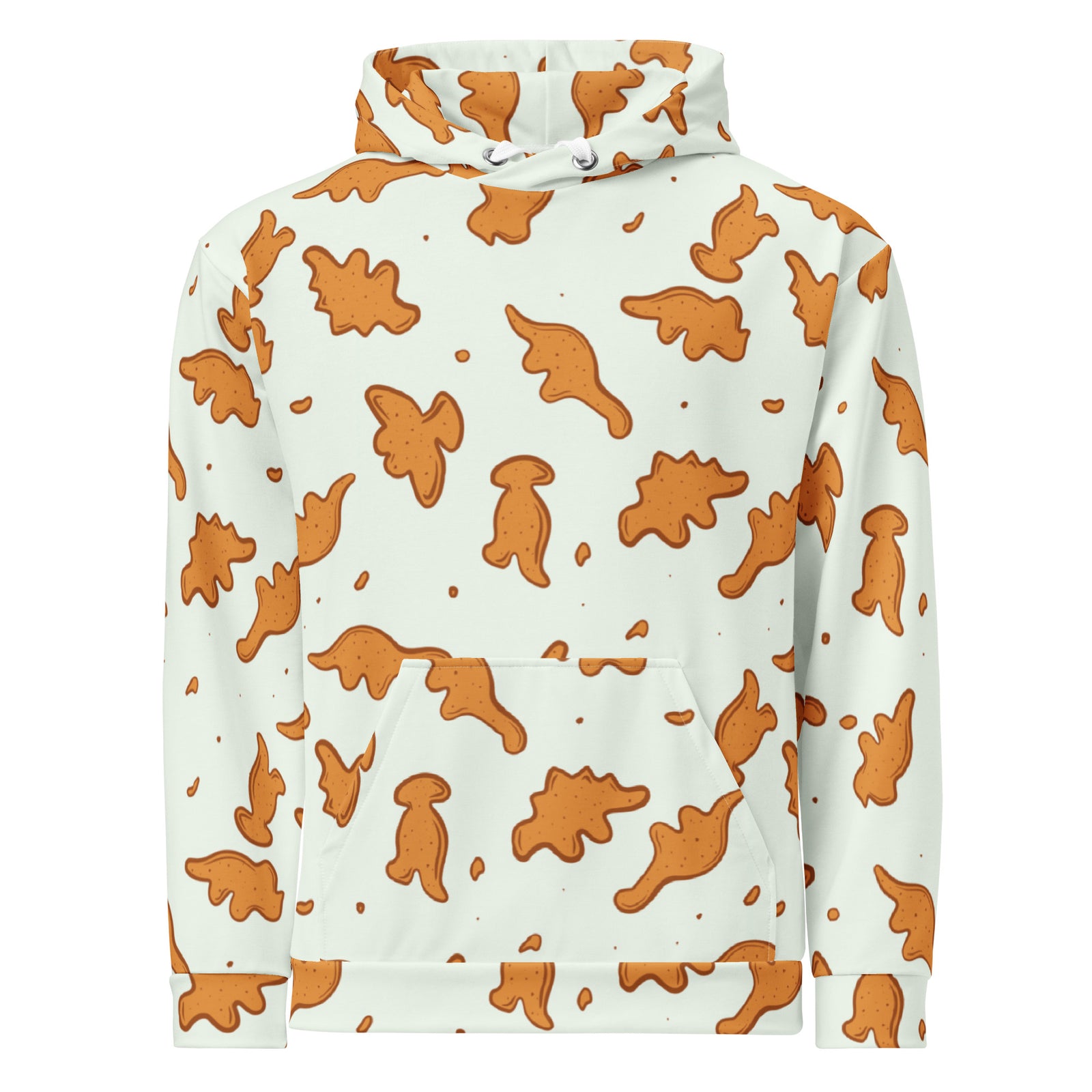Free Shipping On Orders over $75
Free Shipping On Orders over $75
Women's
Men's
Kids
Baby/Toddler
Accessories
Ampelosaurus: The Majestic Herbivore of the Cretaceous Forests
July 24, 2024 3 min read
Ampelosaurus: The Gentle Giant of the Late Cretaceous
Dinosaur Facts:
- Dinosaur Type: Herbivorous Sauropod
- Period: Late Cretaceous (around 70 million years ago)
- Diet: Herbivore
- Length: Approximately 16 to 20 meters (52 to 66 feet)
- Height: Estimated around 5 to 6 meters (16 to 20 feet)
- Weight: Up to 10 tons
- Notable Features: Long neck, massive body, and a distinctive, possibly armored skin with bony plates
Ampelosaurus for Kids
Meet Ampelosaurus!
Ampelosaurus is one of the fascinating dinosaurs from the Late Cretaceous period, known for its enormous size and unique characteristics. This friendly giant belonged to the group of sauropods, which were some of the largest animals to have ever roamed the Earth.
What did Ampelosaurus look like?
Ampelosaurus had a long neck and a hefty body, similar to the better-known Brachiosaurus. It is believed to have had a relatively short tail and limbs that supported its massive weight. One of its unique features was the presence of bony plates embedded in its skin, providing possible protection from predators.
What did Ampelosaurus eat?
As a herbivore, Ampelosaurus mainly consumed vegetation. Its long neck allowed it to reach high into the trees to eat leaves and branches, making it well-suited for life in the lush forests of its time.
In-Depth Look at the Ampelosaurus
Anatomy and Physical Features
Ampelosaurus measured roughly 16 to 20 meters in length and stood about 5 to 6 meters tall. Its robust, barrel-shaped body was supported by four sturdy legs. Paleontologists suggest its skeletal structure indicates it had a high metabolism, which is quite intriguing for such a massive creature.
Behavior and Habitat
Ampelosaurus thrived in the wooded regions of what is now Europe. Its habitat would have been rich in vegetation, enabling it to graze efficiently. Socially, it is thought to have lived in herds, providing safety in numbers against predators.
Scientific Discovery and Research
The first fossils of Ampelosaurus were discovered in France in the early 1990s. Initial findings were described in detail by paleontologists, shedding light on its unique morphology compared to other sauropods. More recent studies have expanded our understanding of its lifestyle and habitat preferences.
Social Behavior
While Ampelosaurus was a herbivore and did not engage in hunting, it is believed to have exhibited social behaviors, particularly in large groups that could ward off predators such as carnivorous dinosaurs like the Acrocanthosaurus.
Ampelosaurus in Popular Culture
Despite not being as famous as some other dinosaurs, Ampelosaurus has made appearances in various documentaries and books that aim to portray life during the Late Cretaceous. This gentle giant often symbolizes the diversity of dinosaur life that once existed alongside more feared predators.
Ongoing Research and Discoveries
Research on Ampelosaurus continues as paleontologists uncover new fossils and refine their understanding of its anatomy and ecological role. These discoveries help illuminate the intricacies of dinosaur life and the environments they inhabited.
Conclusion
Ampelosaurus may not hold the notoriety of heavyweights like T. rex, but its significance in understanding the diverse groups of dinosaurs during the Late Cretaceous cannot be overstated. With ongoing research and new discoveries, we can continue to learn more about this fascinating herbivorous giant.
For more information about Ampelosaurus and other dinosaurs, consider exploring the following resources:














